Trygve Seim, Oyvind Braekke, Per Oddvar Johansen - The Source And Different Cikadas (2002)
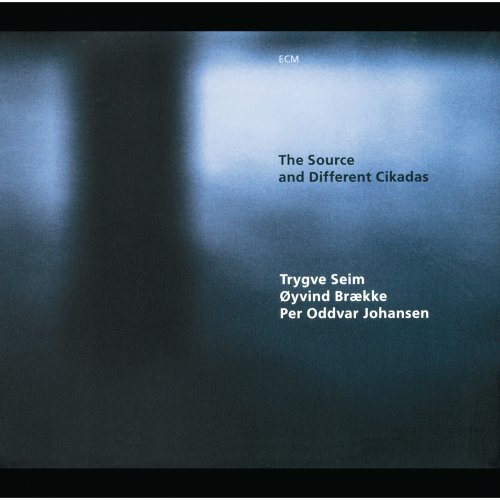
Artist: Trygve Seim, Oyvind Braekke, Per Oddvar Johansen
Title: The Source And Different Cikadas
Year Of Release: 2002
Label: ECM
Genre: Jazz, Modern Creative
Quality: FLAC (tracks) / MP3 320 Kbps
Total Time: 01:09:31
Total Size: 393 Mb / 181 Mb
WebSite: Album Preview
Tracklist: Title: The Source And Different Cikadas
Year Of Release: 2002
Label: ECM
Genre: Jazz, Modern Creative
Quality: FLAC (tracks) / MP3 320 Kbps
Total Time: 01:09:31
Total Size: 393 Mb / 181 Mb
WebSite: Album Preview
01. Organismus Vitalis 5:21
02. Mmball 4:50
03. Funebre 2:07
04. Deluxe 5:55
05. Bhavana 3:28
06. Saltpastill 4:38
07. Flipper 2:46
08. Plukk 4:33
09. Obecni Dum 2:23
10. Suppressions 4:12
11. Number Eleven 5:02
12. Fort-Jazz 5:36
13. Sen Kjellertango 6:02
14. Uten Forbindelse 5:13
15. Tutti Free 6:45
Performers:
Øyvind Brække, trombone
Trygve Seim, tenor and soprano saxophones, clarophone
Per Oddvar Johansen, drums
Henrik Hannisdal, violin
Odd Hannisdal, violin
Marek Konstantynowicz, viola
Morten Hannisdal, cello
Frode Haltli, accordion
Arve Henriksen, trumpet
Christian Wallumrød, piano
Finn Guttormsen, bass
Norwegian saxophonist Trygve Seim presents another facet of his musical diamond with the Source, a band he leads with trombonist Oyvind Brække and drummer Per Oddvar Johansen. Notable for bringing together the Cikada Quartet, of which cellist Morten Hannisdal had already played with Seim on Different Rivers and Sangam, and pianist Christian Wallumrød, along with mainstays Arve Henriksen on trumpet and Frode Haltli on accordion, the present session draws out music of a spongier texture, something more prone to dances than to rituals.
The compositional credits are fairly well distributed, with four coming from Seim’s pen. Generally, his are viscous, pathos-rich becomings. “Organismus Vitalis” puts the world under a microscope and revels in all that wriggles in its enlightening circle. In this regard, and by virtue of its floating sensibilities, one might easily connect the dots to Terje Rypdal’s chamber pieces or even to the diffuse scenography of David Darling’s solo ventures—such are its darkly inflected beauties. The Cikadas ebb and keep on ebbing, inching ever closer to shoreline structures as Johansen’s nuanced descriptions ever so barely edge the frame. An auspicious, postludinal beginning to an album of rich variety.
Seim’s thematic voice achieves deeper traction in such tunes as “Bhavana” and “Obecni Dum.” In both, the strings play a vital role in shaping the contexts in which, respectively, saxophone and accordion find purchase. Whether the slide of Seim’s earthy song or the moth-like pursuit of Haltli’s accordioning, there is in all of it something sacred. Even the restless “Fort-Jazz” brings with it a consistency of atmosphere, a fox hibernating in want of rampant spring.
Johansen brings that thaw with three pieces of starkly agitated character. In both “Mmball” and “Deluxe,” his drums are front and center. The latter especially recalls Hal Russell’s exuberant storytelling, all the while heightening the strings’ integration. Bisecting them is “Funebre,” an excerpt from Witold Lutosławski’s 1964 String Quartet that breathes with much the same looseness of structural integrity. This leaves “Uten Forbindelse,” a jazz spring ever on the verge of uncoiling toward infinity. Brække is the clear winner here, spawning as he does an outpouring of spirited exchanges and merging with Seim until the final trill sets them free.
The trombonist, in fact, edges past his co-leaders with five pieces to his name. Brække’s work lies somewhere between that of Seim and Johnansen, balancing the former’s weathered sound with the latter’s spontaneity to varying degrees. Notables include the whimsical “Flipper,” which takes full advantage of the group’s sound colors, and “Plukk,” which charts a subtle interplay of light drumming, pianism, and pizzicato filigree. “Sen Kjellertango” is another eye-opener, a slinky groove anchored by cello and punctuated by soprano saxophone, trumpet, accordion, and drums to dazzling effect.
Two free improvisations round out the set list. Wallumrød and Johansen touch off “Number Eleven” with their patience, overturning stone after stone, until the promise of subterranean force pushes through like a bud. The surrender is tender and blends into surrounding forest like a hunter. “Tutti Free” brings us back to a winter wilderness, dotted by fresh footprints of escape.
Those who enjoyed Bent Sørensen’s Birds and Bells may want to give this one a test spin. The scenography Seim has constructed here is of the highest integrity and practically assures the bending of a curious ear.
The compositional credits are fairly well distributed, with four coming from Seim’s pen. Generally, his are viscous, pathos-rich becomings. “Organismus Vitalis” puts the world under a microscope and revels in all that wriggles in its enlightening circle. In this regard, and by virtue of its floating sensibilities, one might easily connect the dots to Terje Rypdal’s chamber pieces or even to the diffuse scenography of David Darling’s solo ventures—such are its darkly inflected beauties. The Cikadas ebb and keep on ebbing, inching ever closer to shoreline structures as Johansen’s nuanced descriptions ever so barely edge the frame. An auspicious, postludinal beginning to an album of rich variety.
Seim’s thematic voice achieves deeper traction in such tunes as “Bhavana” and “Obecni Dum.” In both, the strings play a vital role in shaping the contexts in which, respectively, saxophone and accordion find purchase. Whether the slide of Seim’s earthy song or the moth-like pursuit of Haltli’s accordioning, there is in all of it something sacred. Even the restless “Fort-Jazz” brings with it a consistency of atmosphere, a fox hibernating in want of rampant spring.
Johansen brings that thaw with three pieces of starkly agitated character. In both “Mmball” and “Deluxe,” his drums are front and center. The latter especially recalls Hal Russell’s exuberant storytelling, all the while heightening the strings’ integration. Bisecting them is “Funebre,” an excerpt from Witold Lutosławski’s 1964 String Quartet that breathes with much the same looseness of structural integrity. This leaves “Uten Forbindelse,” a jazz spring ever on the verge of uncoiling toward infinity. Brække is the clear winner here, spawning as he does an outpouring of spirited exchanges and merging with Seim until the final trill sets them free.
The trombonist, in fact, edges past his co-leaders with five pieces to his name. Brække’s work lies somewhere between that of Seim and Johnansen, balancing the former’s weathered sound with the latter’s spontaneity to varying degrees. Notables include the whimsical “Flipper,” which takes full advantage of the group’s sound colors, and “Plukk,” which charts a subtle interplay of light drumming, pianism, and pizzicato filigree. “Sen Kjellertango” is another eye-opener, a slinky groove anchored by cello and punctuated by soprano saxophone, trumpet, accordion, and drums to dazzling effect.
Two free improvisations round out the set list. Wallumrød and Johansen touch off “Number Eleven” with their patience, overturning stone after stone, until the promise of subterranean force pushes through like a bud. The surrender is tender and blends into surrounding forest like a hunter. “Tutti Free” brings us back to a winter wilderness, dotted by fresh footprints of escape.
Those who enjoyed Bent Sørensen’s Birds and Bells may want to give this one a test spin. The scenography Seim has constructed here is of the highest integrity and practically assures the bending of a curious ear.
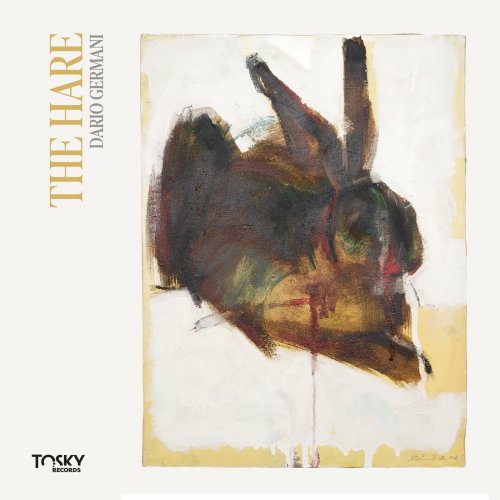

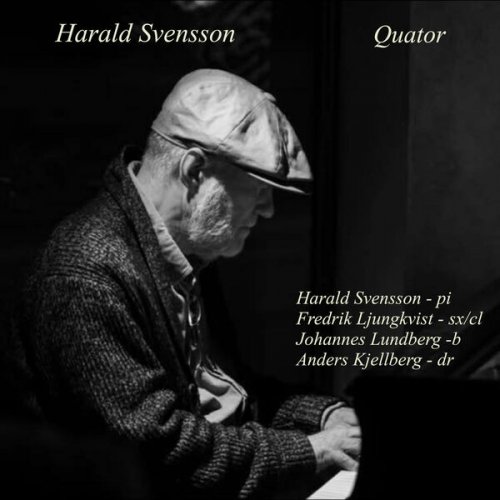
![Machito and His Orchestra - Irving Berlin in Latin America (Remastered Edition 2025) [Hi-Res] Machito and His Orchestra - Irving Berlin in Latin America (Remastered Edition 2025) [Hi-Res]](https://www.dibpic.com/uploads/posts/2025-12/1765784965_moib.jpg)
![Posey Royale - The Real Low-Down (2025) [Hi-Res] Posey Royale - The Real Low-Down (2025) [Hi-Res]](https://www.dibpic.com/uploads/posts/2025-12/1765494723_zbd6vfngwwskb_600.jpg)
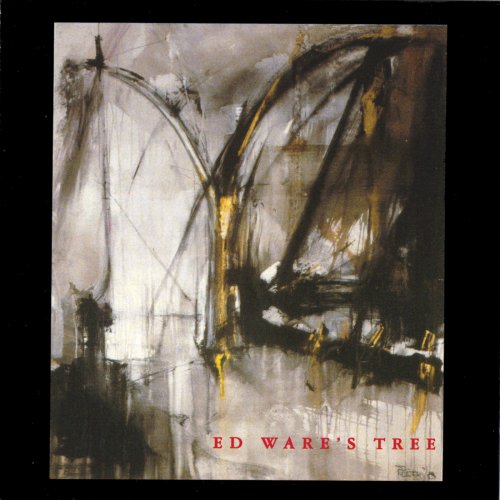
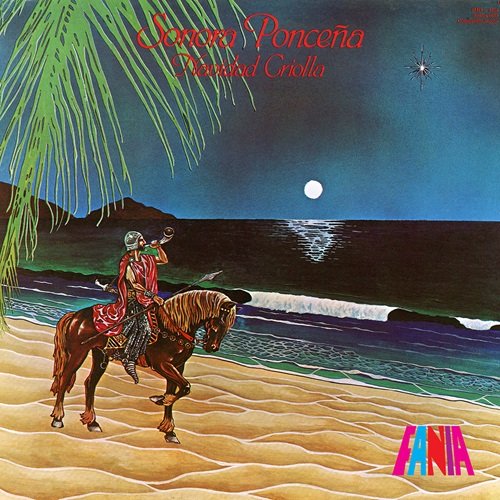
![Coco Chatru Quartet - Lost Christmas (2025) [Hi-Res] Coco Chatru Quartet - Lost Christmas (2025) [Hi-Res]](https://www.dibpic.com/uploads/posts/2025-12/1765719561_coco-chatru-quartet-lost-christmas-2025.jpg)
![Amira Kheir - Black Diamonds (2025) [Hi-Res] Amira Kheir - Black Diamonds (2025) [Hi-Res]](https://www.dibpic.com/uploads/posts/2025-12/1765640459_tf7wrmc9lqmqc_600.jpg)